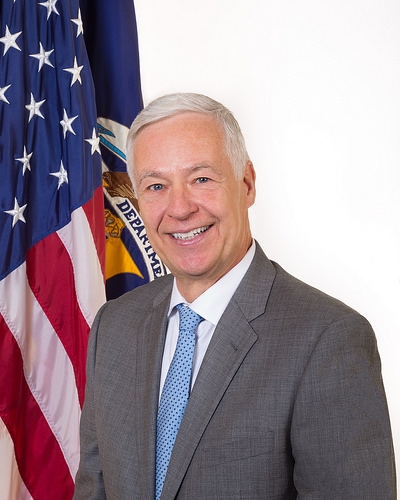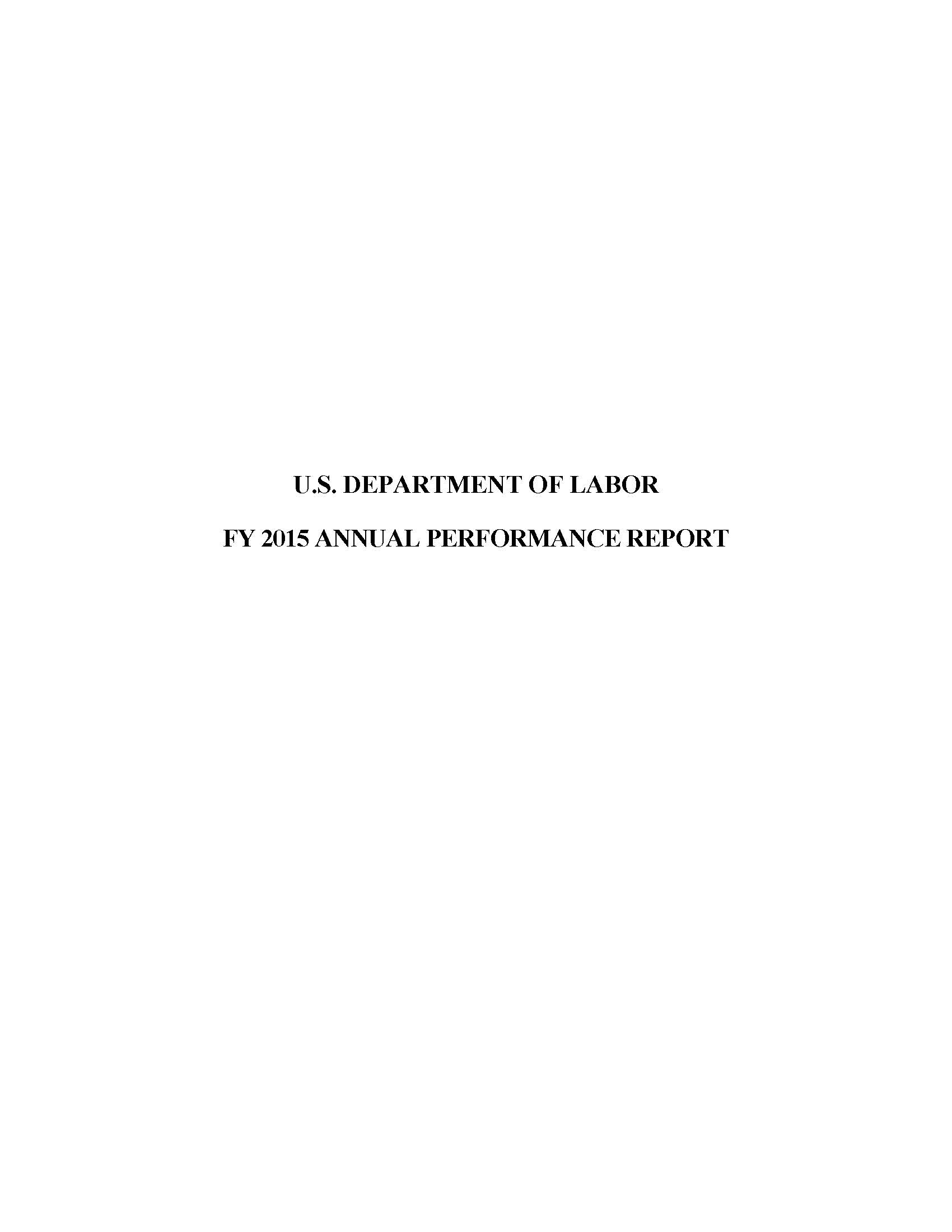- Home
- Agencies
- Department of Agriculture
- Department of Housing and Urban Development
- General Services Administration
- Department of Commerce
- Department of the Interior
- National Aeronautics and Space Administration
- Department of Defense
- Department of Justice
- National Science Foundation
- Department of Education
- Department of Labor
- Office of Personnel Management
- Department of Energy
- Department of State
- Small Business Administration
- Environmental Protection Agency
- Department of Transportation
- Social Security Administration
- Department of Health and Human Services
- Department of the Treasury
- U.S. Agency for International Development
- Department of Homeland Security
- Department of Veterans Affairs
- Goals
- Initiatives
- Programs
Primary tabs
Key to Changes
This text is Revised text
This word has been added to the text
This text is Last Published text
This word has been removed from the text
Modifed styling with no visual changes
FY 16-17: Agency Priority Goal
Improve employment outcomes for veterans
Priority Goal
Goal Overview
As large numbers of service members and veterans return to the civilian labor force, they are met by an improving but still-challenging labor market. Veterans, service members, and their families still face significant barriers to entering and maintaining meaningful employment. This is especially true for veterans with significant barriers to employment, including those with a service-connected disability, the educationally or economically disadvantaged, and veterans ages 18 - 24, who have experienced historically high unemployment. Veterans' Employment and Training Service (VETS) intensive services, now reported as individualized career services due to the Workforce Innovation and Opportunity Act (WIOA), include comprehensive and specialized assessments of skill levels and needs, the development of an individual employment plan, group and individual career counseling and planning, and short-term skills development (such as interview and communication skills).
VETS believes that providing individualized career services to veterans leads to better outcomes. This is supported by findings from an initial study (dated January 30, 2015), conducted by the Department's Chief Evaluation Office, analyzing Wagner-Peyser and Jobs for Veterans State Grants (JVSG) data for the time period of January 2011 to March 2013. Data analysis from the study indicated the following:
- JVSG veterans, compared to non-JVSG veterans and non-veterans, exhibited the highest employment rates, highest earnings, and quickest time-to-first staff-assisted service.
- JVSG veterans have smaller gender earnings gaps and smaller military-separation-time earnings gaps.
Strategies
VETS continues to pursue an increase in the rate of veterans and service members receiving individualized career services from Disabled Veterans’ Outreach Program (DVOP) specialists. The Department has provided refocusing guidance to State Workforce Agencies that will direct DVOP specialists to serve veterans with significant barriers to employment, while all other veterans will continue to be served by other American Job Center programs. The Department anticipates these services will result in better employment outcomes for veterans with significant barriers to employment. This narrowing of eligibility criteria may initially have a negative effect on participants’ entered employment rate as DVOP specialists work with a more challenging population of veterans to mitigate their employment barriers.
Specifically, VETS is employing the following strategies to increase individualized career services to participants served by DVOP specialists:
- Provide technical assistance and guidance to state workforce agencies;
- Conduct federal oversight and monitoring to identify best practices that can be replicated nationwide;
- Conduct additional staff training and development for DVOP specialists;
- Analyze the entered employment rates of participants based on the types of services they receive (i.e., staff-assisted services versus individualized career services); and
- Collaborate with the Department’s Employment and Training Administration, which oversees other employment and training services at American Job Centers, to ensure veterans are properly referred to the appropriate service program.
[1] Heinrich, Carolyn J., Peter R. Mueser, and Kenneth R. Troske, Workforce Investment Act Non-Experimental Net Impact Evaluation, Impaq International, LLC (2008).
Progress Update
In June 2016, the Department of Labor (DOL) and federal partner agencies released The WIOA Final Rule for the implementation of WIOA. The statutory provisions for WIOA performance accountability and reporting became effective July 1, 2016. VETS has worked closely with our workforce and education partners to ensure that JVSG performance was considered in all stages of this transition. With the implementation of WIOA, intensive services will continue to be provided to veterans with significant barriers to employment; however, it will now be tracked and reported as “individualized career services”. Additionally, WIOA altered the common measure of “entered employment rate in the first quarter after exit” to “employed in the second quarter after exit”. As such, VETS will no longer report “entered employment after receiving intensive services” and will instead report the “rate of participants receiving individualized career services who were employed in the second quarter after exit”. DOL’s Employment and Training Administration (ETA) developed a new online reporting system for states and grantees to collect and report their WIOA data called the WIOA Integrated Performance System (WIPS), which became operational on October 1, 2016.
Results for the individualized career service rate for the period ending September 30, 2016 are not yet available due to states still updating/revising their case management systems. VETS continues to employ strategies begun in FY 2014 to improve services. To support persistent increases in individualized career services, VETS continues to offer technical assistance to grantees, including desktop monitoring of data, site visits, and annual audits.
Next Steps
Working together, ETA and VETS are striving to assist all states in providing timely and accurate data throughout FY 2017. DOL launched a new reporting system to capture all WIOA-related data; webinars have been presented to states on how to utilize the new system. As states implement the new data collection requirements and become more familiar with the new federal reporting system, VETS expects data quantity and quality to increase over the coming quarters. A significant short-term goal is to have all state grantees submit data for the quarter ending 6/30/2017.
VETS leadership will continue to meet with targeted states that have relatively high numbers of veteran participants and relatively low rates of individualized career services to: conduct audits to ensure proper roles and responsibilities are being performed by JVSG staff; provide technical assistance and training, including the implementation of WIOA, corrective actions or provide expertise in meeting the goal; and review quarterly reports to identify outliers who continue to struggle in reaching the 90 percent target.
Expand All
Performance Indicators
Percent of veterans receiving individualized career services served by DVOP specialists
Contributing Programs & Other Factors
Strategic Objectives
Strategic Objective:
Statement:
Advance employment opportunities for US workers in 21st century demand sectors and occupations using proven training models and through increased employer engagement and partnerships.
Description:
The Employment and Training Administration (ETA) is responsible for providing opportunity for workers and job seekers to attain the skills and training they need to succeed in a recovering economy. The Employment and Training Administration (ETA) is responsible for providing opportunity for workers and job seekers to attain the skills and training they need to succeed in a recovering economy. DOL’s Veterans’ Employment and Training Service (VETS) provides training and transition programs that increase the opportunity of veterans to transition successfully to a civilian workforce. The agency works collaboratively with ETA to ensure veterans receive enhanced services at one of the 2,600 American Jobs Centers around the country, and undertakes a series of programs specifically designed to meet the needs of veterans transitioning to the civilian workforce. In addition, VETS protects the employment and reemployment rights of service members under the Uniformed Services Employment and Reemployment Rights Act of 1994 (USERRA).
Agency Priority Goals
Statement: By September 30, 2015, increase to 75 percent of participants served by Disabled Veterans' Outreach specialists who receive intensive services.
Description: As large numbers of service members and veterans return to the civilian labor force, they are met by an improving but still-challenging labor market. Veterans, service members, and their families still face significant barriers to entering and maintaining meaningful employment. This is especially true for veterans with significant barriers to employment, including those with a service-connected disability, the educationally or economically disadvantaged, and veterans ages 18-24, who experience historically high unemployment. Additionally, the last several decades have seen significant shifts in the American economy and workplace. Globalization, outsourcing, the shift from manufacturing to service sector jobs, the rise of technology, the decline in unionization, and the changing ethnic and gender make-up of the population, have changed the physical, social, and cultural landscape of the workforce. Today’s employers increasingly rely on highly-skilled workers with post-secondary degrees, state licensure, or other credentials. Veterans’ transferable skills (gained in past jobs and in the service) can help meet the needs of employers in the 21st century.











